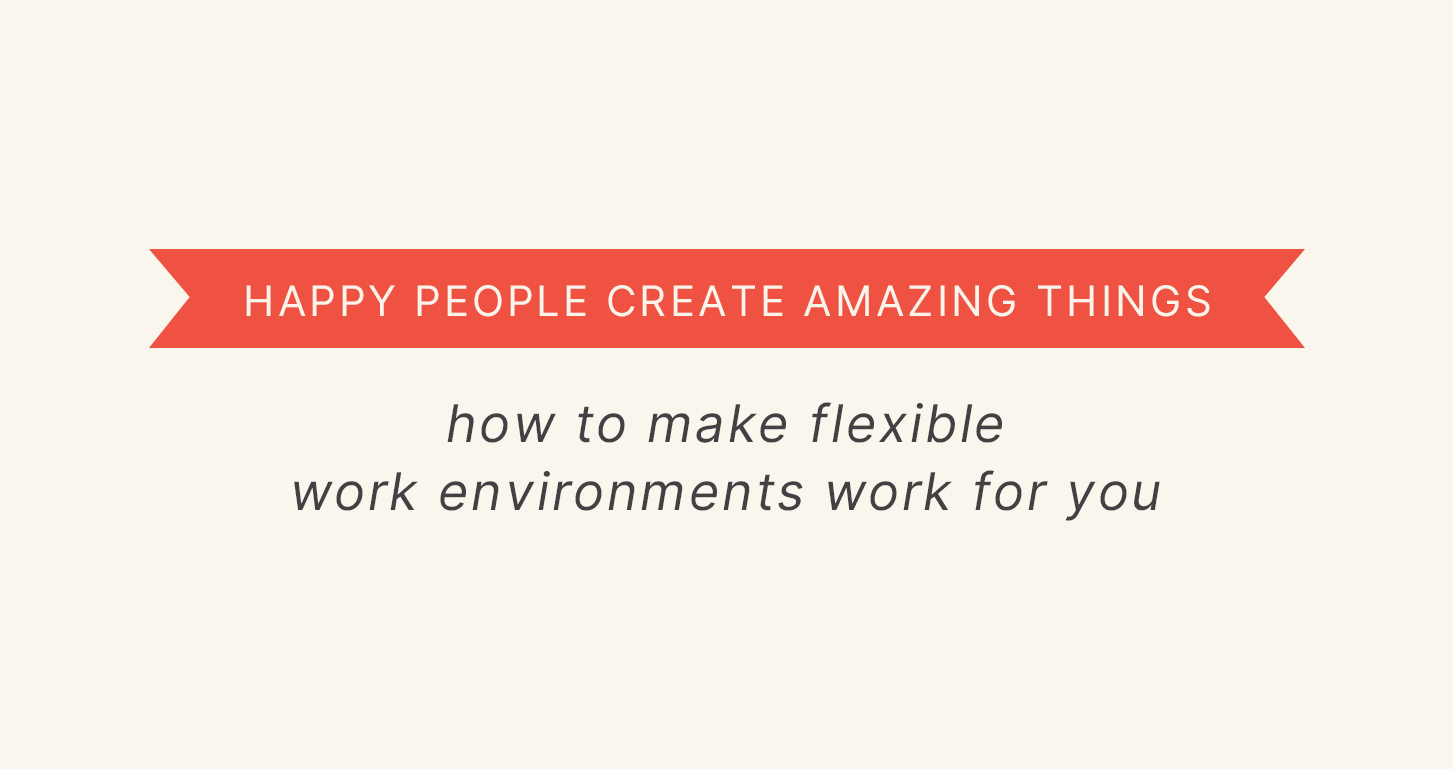It isn’t hard to see why it’s become increasingly difficult for people to “unplug” when they leave the office. With our constant connection through “smart” devices, the boundaries between career and family are blurrier than ever before.
In fact, a study by the Association for Women in Science (AWIS) found that more than 50% of employees say work conflicts with personal life responsibilities at least two or three times per week. We have inadvertently made ourselves accessible anytime, anywhere, and our personal lives are taking the hit! While this may not be an issue for some, many people are struggling to find a better balance.
The phrase being thrown around a lot lately is “work-life integration.” It refers to the notion that our work lives and our personal lives can (and should) intersect. In the past, most companies promoted a strong separation between the two. Nowadays, many companies are realizing the benefits of a more amicable co-existence. Flexible office hours, remote work environments, and a stronger emphasis on company culture help promote this idea that work and personal life can work together.
We’ve experimented with this concept here at BREW. Although not without its challenges, we’ve found that overall our employees are happier, more productive, and actually more dependable! One of the challenges that many people consider with the flexible work environment is how to keep track of how much employees are actually working. However, we’ve found that many of the strategies we’ve employed solve these issues right off the bat:
Make your time
Track-able
- We use a tool called Harvest to keep track of every detail of our time. While this can seem tedious, it helps us not only keep each other accountable for our time, but also to see how productive we are being with each task. We can easily run reports on our time to see if we are over-budget on a project, or monitor monthly retainer time at a glance.
Make your workflow expectations
Clear
- Another tool we can’t live without at BREW is Basecamp. We use it to manage every single project and task, along with their deadlines and who is in charge of what. You can update the team on your progress on each task, or even send completed files. We use it to keep everyone up to speed on a daily basis, as well as for weekly and monthly “big picture” production meetings. Whatever system you choose, the key is making sure everybody knows what they are responsible for and when they are expected to deliver.
Make your files
Accessible
- Arguably the most important part of a flexible work environment is a cloud-based storage system for important documents. Whether you are working from your desk, your kitchen table, or a coffee shop, you must be able to access the files you need. With the ability to download files from anywhere, see when a file has last been opened or modified, and easily share deliverables with clients, Dropbox is our go-to tool for this.
Make yourself
Available
- While it’s great to work from home in your PJs sometimes, there has to be a balance. Our office hours are a little non-traditional – they essentially provide a minimum amount of time (about 20 hours per week) that team members are expected to be in the office, as well as a window for scheduling in-person client meetings. Outside of that window, we can stay in the office or choose to go remote. We can also interface with each other and clients through Skype or GoToMeeting as necessary. Since we are all easily accessible to each other during these core business hours, it’s easy to allow each other the flexibility to come and go for the remainder of the day, provided that everyone is meeting their deadlines.
With this no-excuses system, we’ve been able to keep each other and ourselves accountable while still providing flexibility. We feel that by allowing team members to have this independence, we are giving them the opportunity to thrive in their role without feeling micro-managed or judged. A study by The Harvard Business Review cites three P’s necessary for a productive work environment that back up our theory – Proximity, Privacy, and Permission. People need to feel connected to their co-workers while still feeling that they have the autonomy and the privacy to go about their day the way they feel is best for them. If one of us chooses to duck out at 2pm for a kid’s soccer game or to catch a yoga class, we still know the work is getting done. Because if not, you’ll be getting a nasty Basecamp message!
The bottom line is that flexible work environments, when parameters have been set correctly, ultimately work for and not against productivity and employee happiness. And happy people create amazing things!



